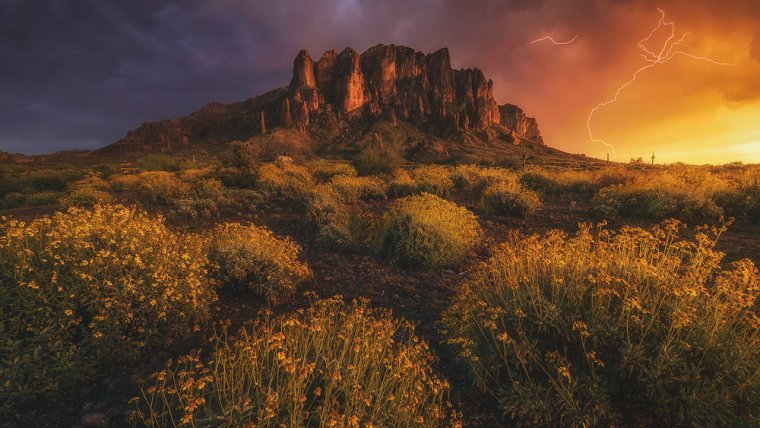
Welcome to another episode of Photographer Spotlight, this time I’d like to welcome Peter Coskun who is a very gifted photographer from America, who shows astonishing & amazing landscape pictures. In this exclusive interview, you’ll find out what it is that makes him so good in his field.
Table of Contents
I grew up on the east coast in a suburb of Philadelphia, just blocks from the city. When I was just starting high school, my family and I had moved across the country to Arizona as my father started a new job. At first, I hated it. It was November when we moved, and typically much colder on the east coast at that time than the west coast. When we got off the plane it was over 80 degrees and we were all wearing our winter coats. That Christmas, I got my first bike (I could never have one back east since it would have gotten stolen). There was a pretty large desert area behind our house where I would go and ride my bike. I was outside more than ever and I started to enjoy being outside. My junior year of high school I took a photography class that taught me the basics as well as learning to develop film. It was actually the last year they would have that class as they switched to digital right after. At the time, I wasn’t quite sure what to make of photography. I enjoyed it but never thought it would become part of my life, or… my life. After high school, I began taking some classes at a local community college. They had a digital photo class that I signed up for and got more of a feel for the art. I had finally gotten my own camera and would take it out to photograph anything and everything. It didn’t take long for me to realize I enjoyed photographing nature more than anything. From wildlife to landscapes, I wanted to photograph it all. I began mostly with wildlife, but after a while, my interest shifted to landscapes and studying the play of light over it. Now, my primary focus is landscape photography, but I still very much enjoy wildlife photography and do so whenever the opportunity presents itself.
It really depends, but it sure is a lot of time when you factor in everything. Being out in the field, post-processing, the business aspect of it. Like I mentioned in the previous question, photography is my life so I spend as much time as I possibly can without it beginning to feel like a burden which there are times where breaks are necessary to regroup and think of the next project or shoot.
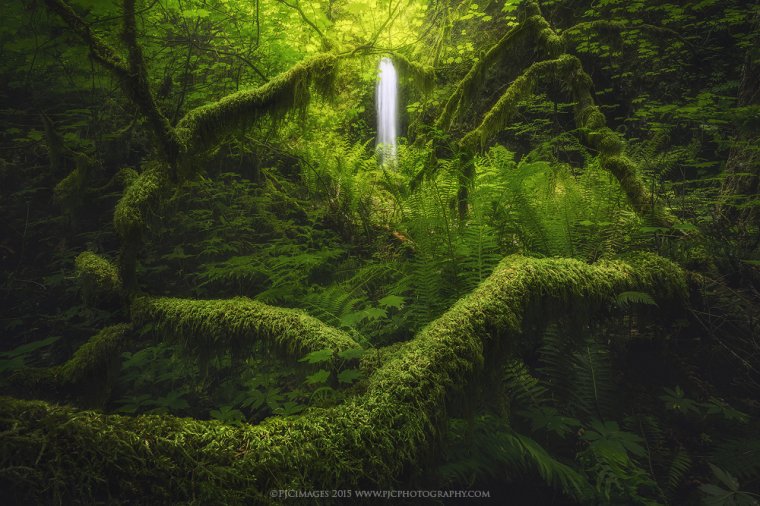
Two of the main things I look for (and that I feel any photographer should look for) is a cohesive composition and the play of light on that particular composition. Sometimes the light forces a composition that you didn’t quite envision, but you have to be able to work around it and hope you can pull off the shot. You can have a great composition with poor light or a poor composition with great light. Neither of those is ideal, but I’d rather have a unique composition that speaks to me as an artist than having a blazing sunset sky over a sub-par or uninspiring composition. I always make sure I have ample time to find various compositions in all directions should the light favor a particular direction.
My primary (and only camera currently) is a Canon 6d. It is usually attached to my Tokina 16-28mm f2.8 or Canon 70-200f4L and occasionally on the back of my Sigma 150-600mm lens. My camera bag, a Clik Elite Venture 35 holds all of these items if stored carefully. I also like to keep extra batteries, memory cards, business cards and a tripod strapped to the bag. You may also find snacks, water, gloves, a beanie, lightning trigger, extra layers, and a first aid kit floating around in my bag.
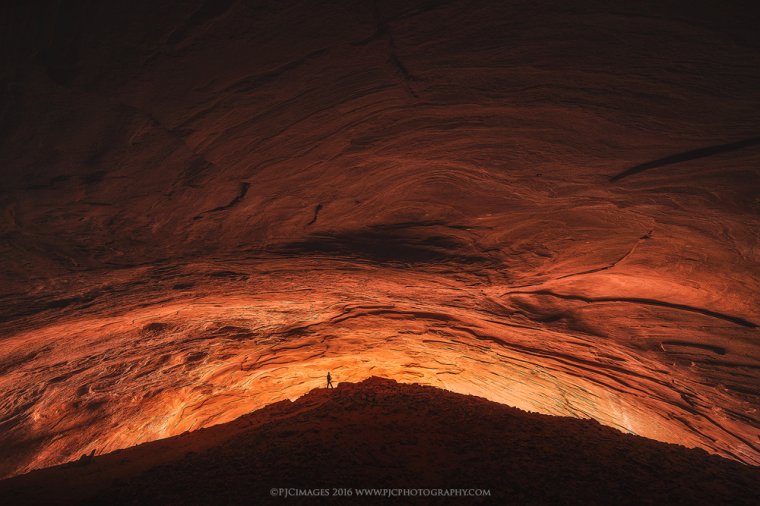
Most of the time I pick a particular location with a vague idea of what I will want to shoot. When I arrive at that location, I spend time scouting around for compositions. If I happen to find a composition that appeals to me, I will set up and take an image of the scene and see how the camera actually portrays it. The weather also plays an important factor into this decision. I enjoy the unique weather, or what most people refer to as “poor weather”. Storms and unique atmospheric conditions can allow certain compositions to be seen much better than a clear blue sky. If I am lucky and get some nice clouds that may light up for sunset over a preferred composition, then that typically makes it all worthwhile.
For me, it’s very important. This is where it becomes more of an art IMO. Post Processing allows one to interpret a scene a particular way. You could put four photographers next to each other with different processing styles, have them shoot the exact same composition and every single one would look different. It’s part of being an artist. Surprisingly though, I don’t do as much technical stuff as some other photographers I know. I typically work with multiple layer masks and do a fair share of blending images together (no compositing). I like bold rich colors, so much of my work is pretty vibrant, but there are times where I just want something dialed back because that is how the scene presents itself.
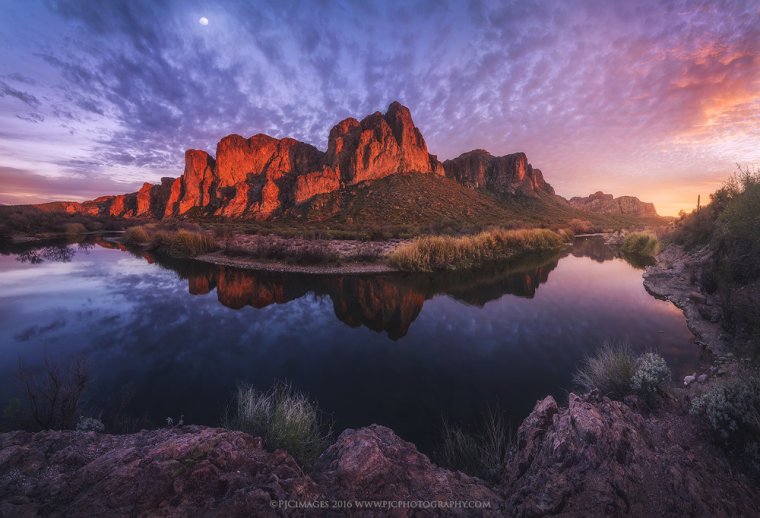
All of it. Most people think photography is easy in general, that it’s just pushing a button and then “photoshopping” it so it looks good. Most people don’t realize the time and dedication many have put into their work. Days spent on the road, in a tent, no sleep, money spent on gear and all that travel. The most challenging thing about it is making nonphotographers believe that what we do is in fact work, that it does take a lot of time and effort to achieve one particular image. Making those people believe that the images we photographed are worth more than a few bucks so we can pay our bills. Though, it’s not all about business. You also have to challenge yourself as an artist, which in turn can be challenging and frustrating. If you’re not challenging yourself, you succumb to being stagnant in your own work which then can lead to being uninspired and thus making you wonder if it’s still worth doing. This is the point I never wish to get to, I always want to challenge myself and push myself to create photographs that are compelling.
In 2015, I took a two-week trip to explore the Pacific Northwest. I wanted to see this area in its lush spring greens, so that May I hit the road going through California, Oregon, and Washington. While on a hike to a relatively remote waterfall that I had seen tons of photos of, I thought to myself I just wasted all this energy to try and get a shot that I had already seen. The worst part was that the conditions for that particular scene were less than ideal. Extremely low water levels, vegetation trampled and having to climb down a steep muddy cliff. I took a few images just so I at least had something to come away with, but then I decided to wander around a bit. Prior to this trip, I had envisioned a couple shots that would make the trip worthwhile if I could manage to find them. I crossed the other side of the creek and noticed a beautiful vine maple with lots of low hanging branches. I studied the tree and noticed the waterfall was visible behind. The two main branches twisted around the falls making a perfect frame of vibrant green moss. It was like what I had envisioned. Something I had never seen from this place, and I was able to photograph it. Despite this being during the middle of the trip, I knew this was going to be my favorite image the rest of the way. I didn’t even care if I never got another shot from that trip, this was the one. Of course, because of the nature of the scene, it required some intense post-processing, by far the most I’ve done on an image. It literally took over a month to figure out how to bring my vision to it. I consulted friends who had much more knowledge of the type of processing needed, but it all came together in the end. Considering how much I love the desert southwest, my favorite color is green, and this image had a whole lot of it. It was just one of those rare moments where something sparked in my creativity and somehow I pulled off a shot that I had envisioned before ever visiting the place. The image is titled “Serenity”.
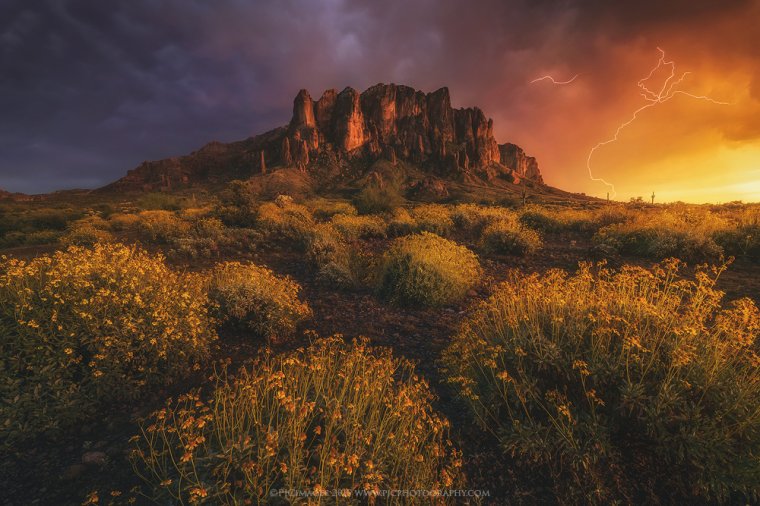
I get inspiration from various places. Music, other photographers, nature itself. One of the first photographers I began following was Marc Adamus, who is well known among the landscape photography community as being one of if not the best out there today. His images were different than anything I had seen, vibrant colors, incredible atmospherics, and brilliant compositions. He is still perhaps the main reason I shifted into landscape and nature photography. There are of course many other photographers I gain great inspiration from. Guy Tal, another photographer I began following early in my career showed me something different. His images were dialed back compared to Marc, but full of emotion. I found a connection between both of their work and tried to find a happy medium in between that I could work upon to create my own style/vision. I’ve learned a great deal through the work of the other photographers I look up to and admire and it’s kept me inspired and hungry to keep creating something new.
In 2015, I was awarded the grand prize honors for Arizona Highways Magazine’s annual photo contest. That was the first time I had ever won a major photo contest. Being able to see the images in the magazine was pretty awesome and a bit surreal. Plus, it allowed me to take a trip where I created one of my favorite images to date.
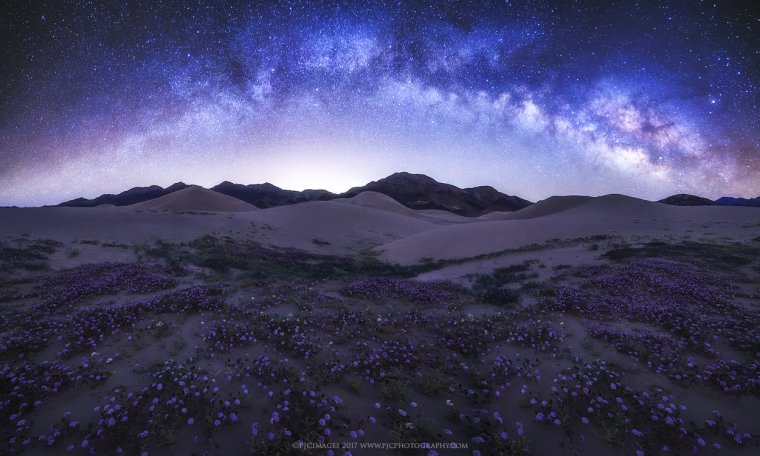
Everything, I feel like things would be a lot different for me (in a positive way) had I known what I know now back when I first began. I would probably have had more opportunities to grow as a young photographer and taken advantage of a few things that would allow me to grow the business side of things.
Be yourself, shoot for yourself, explore for yourself. Don’t let others opinions sway your mind on things you want to do. Get the gear you want, travel to the places you want, create the photographs you want.
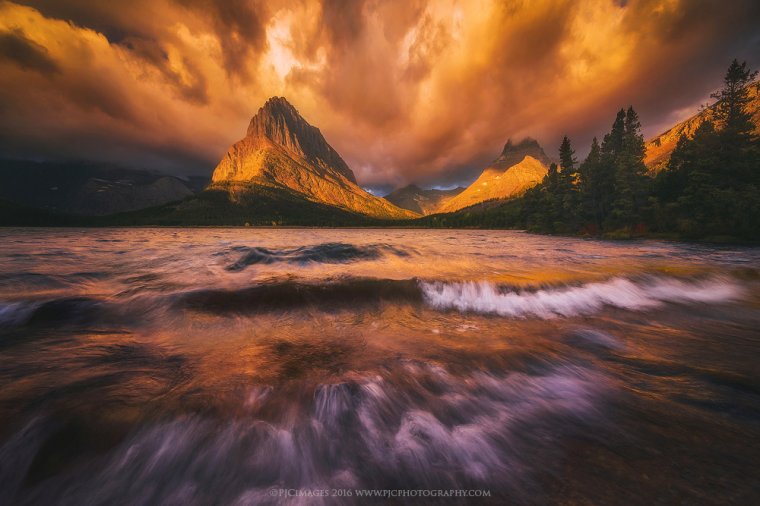
I would like to have a portfolio of images from every continent on earth at some point in my life, but first I need to get on this one (North America).
If anyone is interested in finding my work to view or purchase on various social media platforms, you can find me on Instagram, Facebook, and 500px @petercoskunnaturephotography or through my website www.pjcphotography.com
Comments (0)
There are no comments yet.